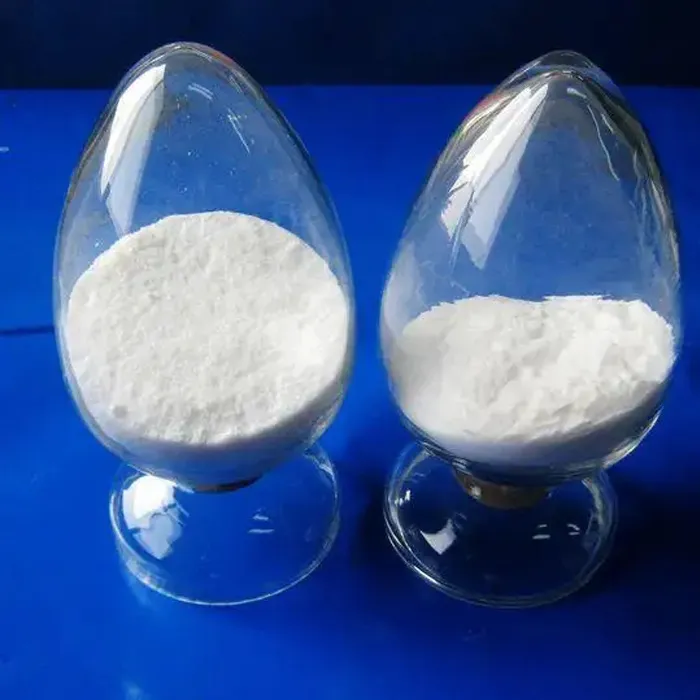Understanding Active Drug Ingredients The Cornerstone of Pharmacology
In the realm of pharmacology, active drug ingredients (ADIs) play a pivotal role in the therapeutic efficacy of medications. These ingredients are the substances in pharmaceutical formulations that produce the intended biological effect in patients. Understanding ADIs is crucial for anyone involved in healthcare, from prescribing physicians to patients seeking relief from ailments. This article aims to provide a comprehensive overview of active drug ingredients, their significance, regulation, and the implications for public health.
What Are Active Drug Ingredients?
Active drug ingredients are compounds that are responsible for the pharmacological effects of medications. They can be derived from natural sources, such as plants and animals, or synthesized in laboratories. For instance, the active ingredient in aspirin, acetylsalicylic acid, is chemically synthesized, while the active ingredient in digoxin, a heart medication, is obtained from the foxglove plant. The purity and concentration of these ingredients are paramount, as they directly influence the drug's safety and effectiveness.
The Role of Active Drug Ingredients in Medicine
The primary function of an active drug ingredient is to interact with specific biological targets within the body—such as enzymes, receptors, or cellular pathways—to alleviate symptoms, cure diseases, or improve overall health. For example, antibiotics like amoxicillin target bacterial cell wall synthesis, effectively treating infections by inhibiting bacterial growth. Understanding the mechanism of action of these ingredients is essential for healthcare professionals, as it informs dosing guidelines and potential side effects.
Moreover, the specificity of an active drug ingredient is crucial. Some medications are designed to target specific conditions while minimizing impacts on healthy tissues. For instance, targeted therapies in oncology specifically attack cancer cells with minimal side effects on normal cells, demonstrating the importance of tailoring medication based on the active ingredients involved.
Regulation and Safety
The development and use of active drug ingredients are subject to stringent regulations worldwide. Regulatory bodies like the U.S. Food and Drug Administration (FDA) and the European Medicines Agency (EMA) oversee the approval of new drugs, ensuring that active ingredients are safe and effective. Before a drug can be marketed, it must undergo extensive clinical trials to evaluate its pharmacodynamics, pharmacokinetics, and toxicity.
active drug ingredients

In addition to regulation, monitoring remains vital post-approval. Adverse drug reactions (ADRs) and drug interactions involving active ingredients must be continuously assessed. This ongoing vigilance helps identify rare side effects or complications that may arise from the active ingredients in approved medications.
The Importance of Quality Control
Quality control of active drug ingredients is essential to ensure patient safety. The manufacturing process must adhere to Good Manufacturing Practices (GMP), which involve rigorous testing, documentation, and quality assurance procedures. Contaminants, sub-potent ingredients, or mislabeling can lead to treatment failures or increased adverse effects. Therefore, robust quality control processes are critical in pharmaceutical production.
Implications for Patients and Healthcare Professionals
For patients, understanding the active ingredients in medications can empower them to engage in more informed discussions with healthcare providers. Knowledge of what an active drug ingredient does, how it interacts with the body, and its potential side effects can lead to more effective treatment outcomes and adherence to prescribed regimens.
Healthcare professionals, on the other hand, must remain vigilant in monitoring their patients' responses to medications. Being aware of the active ingredients and their interactions with other substances—including over-the-counter medications, supplements, and food—can guide professionals in making well-informed clinical decisions.
Conclusion
Active drug ingredients are fundamental to the practice of medicine and the development of effective therapies. By understanding their roles, regulatory scrutiny, and the importance of quality control, both patients and healthcare providers can navigate the complex landscape of pharmaceuticals more effectively. In an era where personalized medicine and targeted therapies are becoming increasingly prevalent, a thorough grasp of active drug ingredients will be vital for optimizing treatment outcomes and enhancing overall public health. As we continue to advance in pharmacological research, the importance of these ingredients will only grow, highlighting the need for diligence in their application and monitoring.

